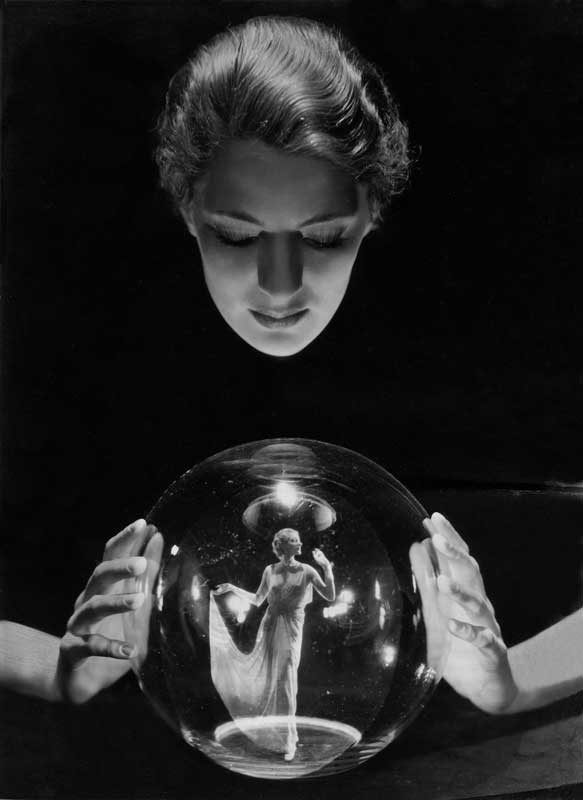At Palazzo Franchetti, Lee Miller reclaims her place as a major figure in the avant-garde of the twentieth century, abandoning the behind-the-scenes ranking to which art history had for years limited her to by casting her as Man Ray’s muse. “A change of perspective can alter the resulting image,” declares Victoria Noel- Johnson, the curator, who is determined to make Miller and her life better known to the general public.
Johnson, the curator, who is determined to make Miller and her life better known to the general public.
Lee Miller – Man Ray. Fashion, Love, War, therefore, is an exhibition organised with the intention of giving due recognition to an icon who for a long time remained in the background compared to her colleagues of the time. Even though one can use her relationship with Man Ray as the keyhole through which to observe and understand the works she created, in this exhibition Miller is celebrated in her role as a pioneer in the field of photography, with a personal space for her to reclaim her identity as an artist. “Today, in this splendid exhibition,” comments her son, Anthony Penrose, “we see her as an equal, as a photographer of her era taking her place alongside the other greats.”
The exhibition within the various rooms of Palazzo Franchetti is set out chronologically and thematically, and comprises 140 photographs – both by Lee Miller and Man Ray – and also presents some art objects and videos. The visitor is thus invited to retrace the significant phases of the artist’s life, and to discover her surrealist-inspired poetics.

After her debut as a model for Vogue in the 1920s, we enter the Parisian period, during which she came into contact with the lively world of the avant-garde movements. It was here that, having left behind her relationship with art and painting, she went in search of something capable of satisfying her curiosity and her constant search for something new: photography. As far as she was concerned, indeed, all paintings had already been painted. “With photography it is different: as long as you can afford another film, you start something new every time”.
Then we come to the heart of the exhibition: the rooms dedicated to the years spent with Man Ray. For curator Victoria Noel-Johnson, it was crucial to make sure that she brought to light the reciprocity of this relationship, which was always both personal and professional. Lee Miller gave as much to Man Ray’s career as she received: looking carefully at the works on display, in fact, one can see references to shared techniques and inspirations, in a true collaborative exchange between equals.
The following rooms deal with her return to New York – illustrated with a series of portraits and advertisements of a commercial nature – the period spent in Egypt – in which her newfound freedom and the freedom to break out of imposed patterns is evident – and finally the drama of the Second World War, during which she worked as a war reporter, documenting major events such as the London Blitz, the liberation of Paris and the suffering revealed in the concentration camps.

The works on display betray a constant desire for freedom and a daring propensity to reject established frameworks; sentiments that guided her throughout her life, and enabled her to go beyond the canons imposed by the society of the time and overcome discrimination. It is no coincidence that Miller is considered the pioneer of surrealist photography, and the bearer of those ideals of truth, freedom and justice that characterised the Parisian avant-garde. One of Man Ray’s greatest merits was that he recognised her talent, giving her “confidence in her own eye” and encouraging her always to test herself.
Model, surrealist photographer, war reporter: Lee Miller was a multifaceted artist, capable of animating each of her works with that spirit of freedom that always characterised all her lives.

A “bold and luminous aura” that can be found today as you walk through the rooms of Palazzo Franchetti.
